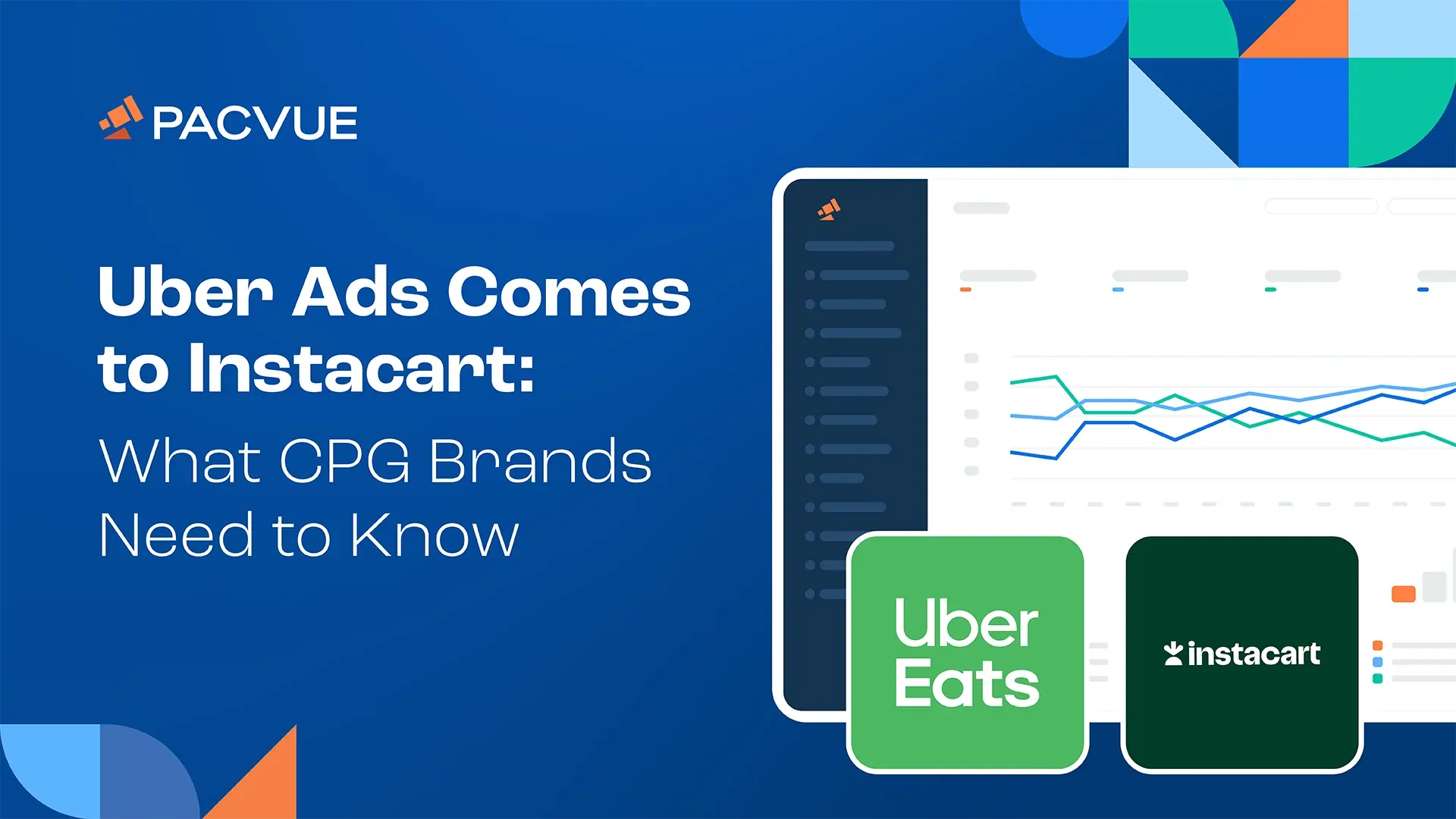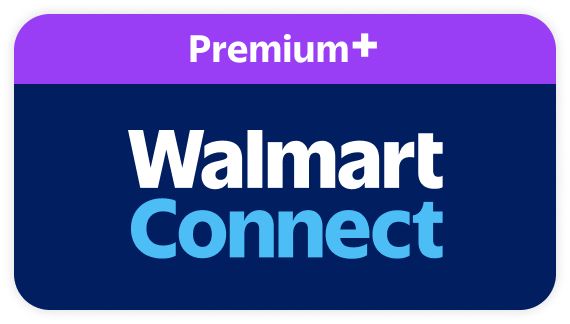This week, Uber Advertising announced that the company will be tapping into Instacart’s Carrot Ads retail media solutions to help unlock new audiences for advertisers who use Uber Eats Sponsored Items. This means that any brands that are already using Instacart Carrot Ads can now run campaigns on Uber Eats directly from Instacart, making campaign management and measurement easier than ever.
“Advertisers running traditional Instacart Search campaigns that have SKUs eligible for delivery via Uber are now automatically getting additional reach through this partnership. While advertisers are getting increased inventory without additional set up, Instacart is strengthening its grocery offering, and Uber is getting a boost to its advertising, a win for scale. Advertisers managing Instacart campaigns should monitor performance for increased demand and updates to performance.” – Clare Hogan, Head of Retailer Partnerships at Pacvue
This partnership gives CPG brands is the opportunity to get in front of Uber Eats customers with just few clicks. Here’s our breakdown:
- CPG Brands Just Got Access to Millions of New Customers.
Uber Eats is one of the most popular delivery apps in the country. Today, the app has 95 million users and works with more than one million restaurants across 11,500 cities. CPG brands can run ads to target these app users as they’re looking for groceries or even as they’re looking to order food.
- Pacvue Customers Will be Automatically Opted into Ad Inventory on Uber Eats.
Instacart is integrated across 220 retail media networks beyond the Instacart Owned &Operated Retail Media Network. As of today, Uber Eats is now part of this ecosystem, so any SKUs that are part of National Instacart Search will automatically opted into the ad inventory on the Uber Eats app and site experience. To tap into these new retailers, Instacart recommends increasing ad budgets by 5-20% as part of incremental ad spend.
- How will this change impact my campaign performance?
Instacart campaigns offer broad reach across their app, website, and a network of over 200 grocery retailer sites. However, due to retailer-specific agreements, detailed reporting by individual retailer is not available. We recommend closely monitoring performance following April 9th to assess any impact from Uber campaigns. If you’re transitioning from Uber campaigns on Criteo or have dedicated budget for Uber, you may consider applying for RTD. While approval isn’t guaranteed, RTD is the most effective way to apply specific Uber budgets and gain Uber reporting.
- Reporting Will Need to Be Set Up Separately.
While campaign management will be easier, performance metrics for Uber Eats can only be tracked by setting up Retailer Targeted Ad Accounts. Advertisers can consolidate same-day delivery budgets, but to understand business impact, these separate accounts have to be created to see ad metrics by retailer and by Uber Eats Sponsored Items.
- CPG Brands Can Get More Creative Across Online and Offline Activations.
We’ve seen steady growth across the Instacart retail media network over the past few years – especially as new ad formats debut that help CPG brands streamline activations across online grocery and retail grocery shoppers. Uber Eats will be debuting shoppable ads to Instacart Carrot Ads later this year and we expect brands to start thinking about retailer-specific strategies that open new opportunities for the grocery delivery market.
Looking Ahead:
The Instacart and Uber Eats partnership marks a significant step forward in simplifying grocery retail media for Pacvue users. For advertisers, it means broader reach and consolidated and streamlined campaign management. While performance tracking on Uber Eats requires additional setup, the potential upside in scale and efficiency is hard to ignore. As Instacart continues consolidating retail media inventory, brands should be thinking strategically about budget allocation, retailer-specific activations, and how to make the most of this opportunity via their omnichannel media planning and executing with Pacvue.












